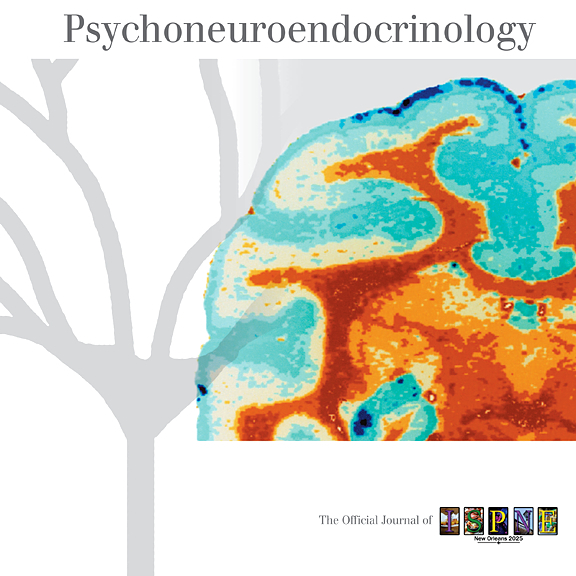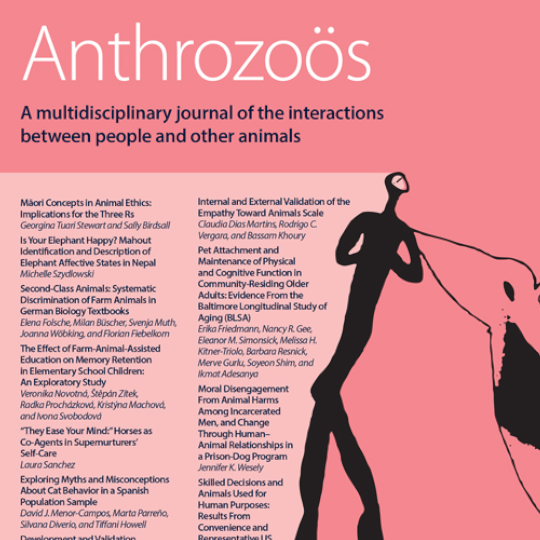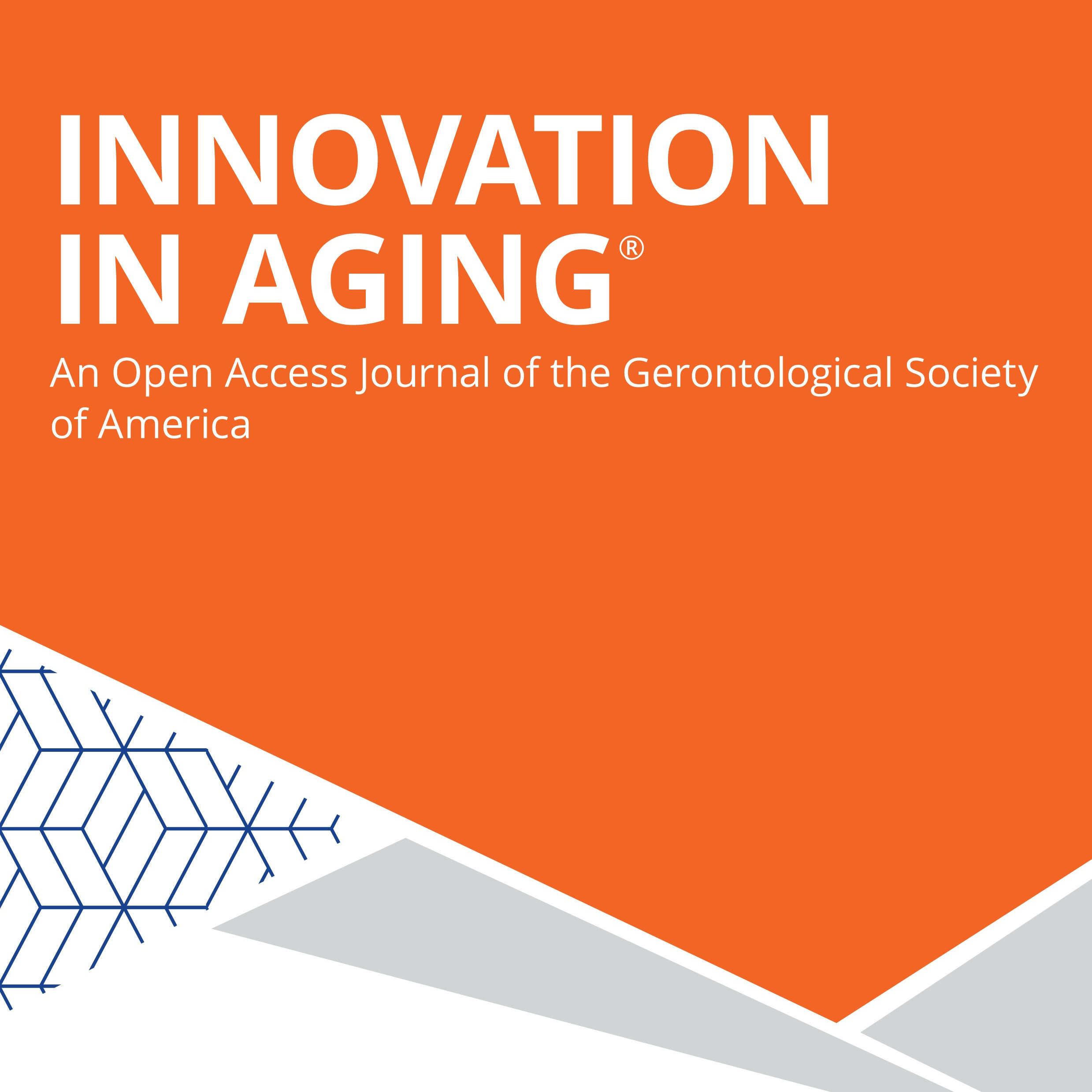
Journal Publication in Psycho-neuroendocrinology
Friday, November 1, 2024
Effects of human-animal interaction on salivary and urinary oxytocin in children and dogs.
Oxytocin pathways are hypothesized to play important roles in human-animal interactions and may contribute to some benefits of these interspecific social relationships. We explored the effects of naturalistic interactions between children and dogs on oxytocin release in both species, as well as associations between methylation of the oxytocin receptor gene (OXTRm), social behavior, and oxytocin response in this context.
Gnanadesikan, G. E., King, K., Elizabeth, C., Flyer, A. C., Ossello, G., Smith, P., Steklis, N. G., Steklis, H. D., Carter, C. S., Connelly, J. J., Barnett, M., Gee, N., Tecot, S., & MacLean, E. (2024). Effects of human-animal interaction on salivary and urinary oxytocin in children and dogs. Psychoneuroendocrinology, 169. https://doi.org/10.1016/j.psyneuen.2024.107147



